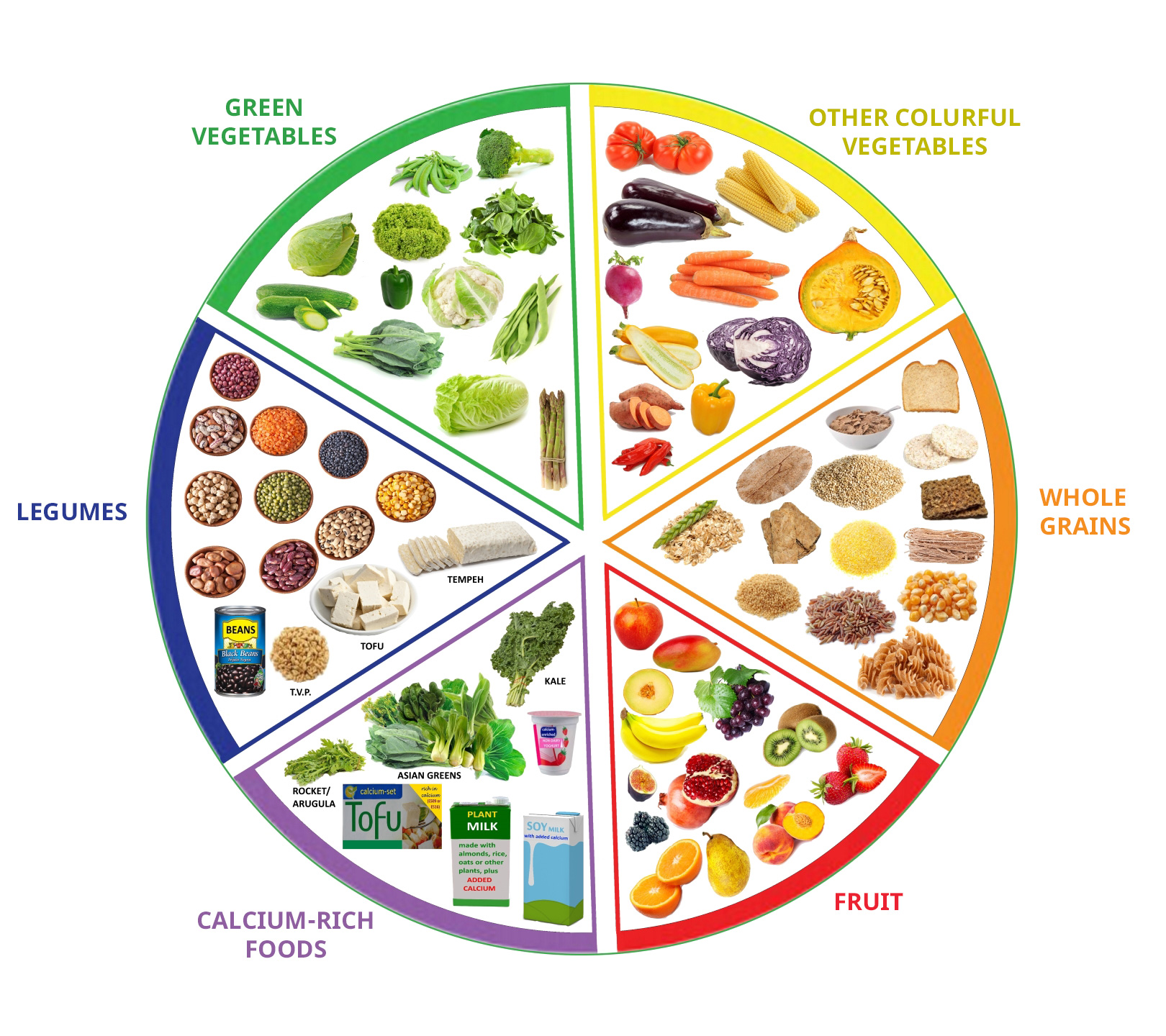CJ Attard Insights
Exploring the latest trends and insights in various industries.
Eating That Rainbow: Why Balance is the Real Superfood
Discover how vibrant foods can transform your health! Uncover the secrets of balance and make every meal a superfood experience.
The Science Behind Eating the Rainbow: Nutrient Benefits Explained
The concept of eating the rainbow is more than just a colorful approach to dining; it is rooted in the science of nutrition. Each color in fruits and vegetables represents different phytochemicals and nutrients that contribute to overall health. For instance, red foods like tomatoes and strawberries are rich in lycopene, which may help reduce the risk of heart disease. Similarly, orange and yellow fruits such as carrots and oranges provide beta-carotene and vitamin C that bolster the immune system. By integrating a variety of colors into your meals, you are not only enhancing visual appeal but also maximizing your intake of essential vitamins, minerals, and antioxidants.
Moreover, the benefits of eating a colorful array of produce extend beyond basic nutrient provision. Green vegetables like spinach and kale are known for their high levels of folate and iron, crucial for DNA synthesis and red blood cell formation. Blue and purple foods, such as blueberries and eggplant, contain flavonoids that may aid in cognitive function and reduce inflammation. By consciously consuming a diverse spectrum of colors, you ensure that your body receives a wide range of health benefits, supporting everything from digestion to heart health. Thus, adopting the approach of eating the rainbow not only makes meals delightful but also serves as a strategy to enhance your overall well-being.

How to Create a Balanced Plate: Tips for Everyday Eating
Creating a balanced plate is essential for maintaining a healthy diet and ensuring your body gets the nutrients it needs. A balanced meal typically includes a variety of food groups: fruits, vegetables, proteins, grains, and dairy. To start, aim to fill half of your plate with fruits and vegetables. This ensures a rich intake of vitamins, minerals, and fiber. For the remaining half, divide it into equal parts for protein sources, like lean meats, beans, or tofu, and grains, such as brown rice or whole-wheat pasta. Lastly, consider adding a dairy component, such as yogurt or cheese, to round out your meal.
To make this process easier, keep these tips in mind when planning your meals:
- Plan Ahead: Prepare a weekly meal plan to ensure you have a variety of foods on hand.
- Portion Control: Use smaller plates to help manage portion sizes and prevent overeating.
- Stay Hydrated: Drink water alongside your meals to help with digestion and overall health.
- Be Mindful: Eat slowly and pay attention to your body's hunger and fullness signals.
Is Balance the New Superfood? Unpacking the Myths and Facts
In today's fast-paced world, the concept of balance has emerged as a new buzzword in the realm of health and wellness, often likened to a superfood for the mind and body. Advocates propose that achieving a harmonious lifestyle is not just about nutrition but encompasses physical, mental, and emotional well-being. While it is true that balance contributes significantly to overall health, it's essential to unpack some of the myths surrounding this idea. For instance, many believe that balance means equal parts of work, exercise, and leisure, but this oversimplification can lead to stress and dissatisfaction if personal needs and circumstances are not taken into account.
Furthermore, the widespread notion that balance equates to mediocrity in pursuits like fitness and nutrition is misleading. In reality, balanced choices can lead to optimal performance and well-being when tailored to individual needs. Embracing the idea that balance is a personal journey—rather than a one-size-fits-all solution—can enhance its effectiveness. As we delve deeper into the science and philosophy of balance, it becomes clear that it is not merely a trend but rather a foundational principle for sustainable health, and understanding its complexities will enable us to harness its true potential.